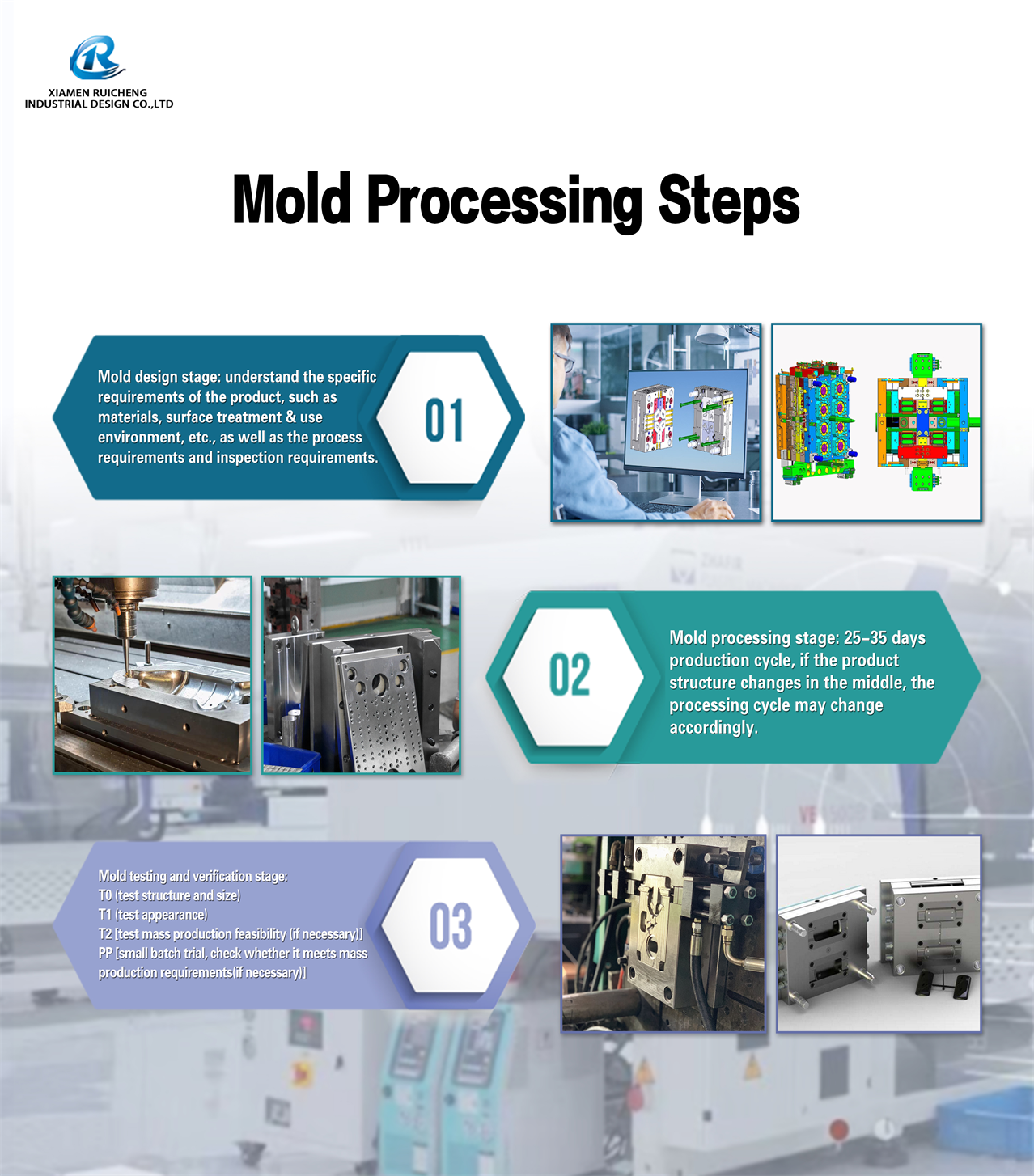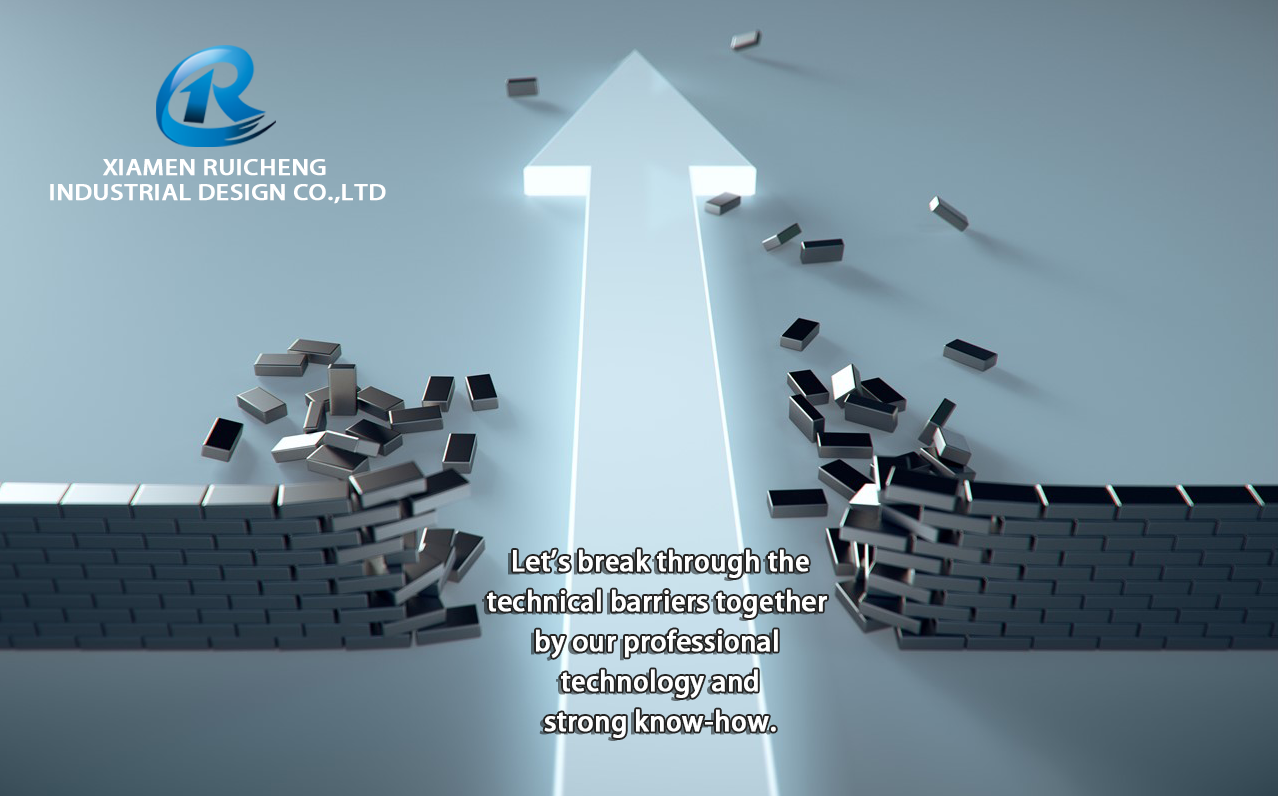Injection molding is a type of manufacturing process in which parts or products are made by injecting molten material into a mold. Injection molding can be done with a variety of materials, but most commonly uses plastic. Custom injection molding is a process in which plastic is injected into a mold to create a custom-shaped part. This process is used to create parts of all shapes and sizes, from small components to large, complex parts.
The injection molding process begins with a mold, which can be made from a variety of materials including metal, ceramic, or plastic. The mold is created in the shape of the desired part or product. Next, the mold is filled with molten material, which is injected into the mold under high pressure. The material is then allowed to cool and harden, after which the mold is opened and the finished part or product is ejected.
Injection molding is a versatile manufacturing process that can be used to create parts and products of all shapes and sizes. It is commonly used for mass production, but can also be used for prototyping and low-volume production. Injection molding is a fast and efficient way to produce high-quality parts and products.
Smooth injection mould production is a critical step in ensuring the project runs smoothly, as it is the blueprint for many mass production replications, so by mastering the basic steps of tooling production, you can better understand the progress of the entire project and plan the next steps of the project.
There are many factors that can affect the success of an injection plastic moulding project, and it is important to be aware of them before starting.
The first factor to consider is the type of plastic you will be using. There are many different types of plastics, and each has its own properties that can affect the injection plastic moulding process. It is important to choose a plastic that is compatible with the type of product you want to create.
The second factor to consider is the size and shape of the product you want to create. The mould must be designed to create the exact shape and size of the product. If the mould is not designed correctly, the product will not come out as intended.
The third factor to consider is the injection pressure. This is the amount of pressure that is used to inject the plastic into the mould. If the pressure is too high, the plastic will be forced out of the mould.
Post time: Nov-17-2022



